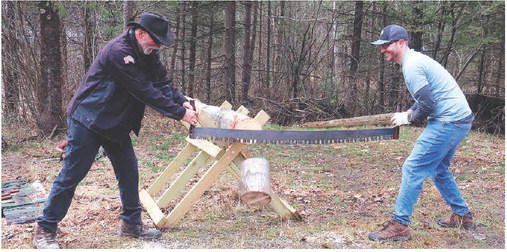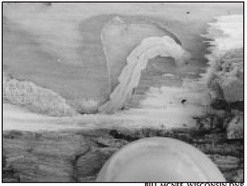Where Wisconsin stands on a sandhill crane hunting season


Are they trying to get a sandhill crane season now? I’ve been asked that and other questions several times recently. About five years ago the Conservation Congress posed an advisory question at the Annual Spring Hearing, which showed support for a sandhill crane hunt. Wisconsin waterfowl hunters have been talking about a SHC season for many years. So do farmers. But in a perfect scenario it’s a long ways away.
There is no sandhill crane (SHC) hunting season in Wisconsin. Currently SHC are protected in Wisconsin. However, in 2010 the USFWS approved hunting for SHC Eastern Population. Since then three states in the migration corridor for the Eastern Population (EP) started a SHC hunt – Alabama, Kentucky, and Tennessee. In total, 18 states and four Canadian provinces hunt SHC. Hunting of non EP SHC has been going on for over 50 years.
To establish a SHC hunt, the state assembly and senate must pass a bill establishing a hunt and removing SHC from protective status under state law. The governor must then sign the bill into law. The DNR then develops a plan for the hunt, management of it, and submits that to the USFWS.
The federal process might take up to two years to OK a SHC hunt for Wisconsin. In order for any hunt to be approved by the feds it will require a very limited permit hunt. Most likely some required education of the hunters drawing tags. The feds control the overall harvest nationally and allocate a portion of that to states that hold a hunt.
The reason for a highly regulated hunt stems from the biology of SHC. They live a long time, possible 20 years; they mate for life, they usually only produce one chick per year if successful, it takes between two to three years to reach breeding age.
That said, the SHC population continues to expand even after hunting of the EP in recent years and for a very long time in other populations of SHC. Nationally the population sits at 1.4 million.
Wisconsin supports the largest breeding population of Eastern Population SHC. The EP reached the USFWS level to allow hunting, 30,000 SHC, in 1997 and since grew to over 95,000 SHC – currently expanding with over a nine percent annual growth rate.
Wisconsin now issues around 1,000 abatement tags yearly for SHC to reduce agricultural damage. That number probably exceeds what the feds intend to allocate to Wisconsin SHC hunt. They predict 2,000 – 3,000 tags, to harvest 300 - 750 SHC, keeping in sync with the harvest rates from Ala., Ky. & Tenn. over the last four years. A hunt won’t negatively affect the population.
The elephant in the room revolves around Whooping Cranes that now nest in Wisconsin. A total of just over 80 are in Wisconsin with just over 830 nationally. That’s an endangered species. Once thought to be extinct in the wild they are in the infancy of a recovery. When the Migratory Bird Treaty Act of 1918 was signed into law, only 100 SHC remained alive and due to what that legislation created over 1.4 million exist today. America’s bird populations declined by 3 billion birds in the last 50 years. Yet migratory waterfowl and species dependent upon the wetlands the Migratory Bird Treaty Act, waterfowl hunters, DU, Delta Waterfowl, Pittman Robertson funds, and the Federal Duck Stamp funded WPA’s and such, actually increased in population by 20 million birds in North America.
Some hunter dollars through Pittman-Robertson Funds supported the Wisconsin Whooping Cranes program, but other funding sources were the majority of the project. Bringing cranes into the “waterfowl hunters personal vested interest” can’t be a bad thing for SHC. And if SHC fall under that umbrella, wouldn’t it stand to reason that Whooping Cranes will benefit too?
Opponents of the hunt worry Whooping Cranes will get shot mistakenly for SHC. Except both fly and land in the same fields that duck and goose hunters hunt in. Waterfowl hunters are expected to identify species and sex of birds 30 minutes prior to sunrise. And remember over 1,000 SHC are killed each year on abatement tags in Wisconsin and no Whooping Cranes have been killed by mistake.
The feds take the killing of Whooping Cranes seriously. A couple years ago someone from Louisiana shot two whooping cranes and received an $85,000 fine.
In this special time of the year, I’d like to take the time to wish you and yours a very Merry Christmas filled with good cheer!
Through a
Decoy’s
E
ye



